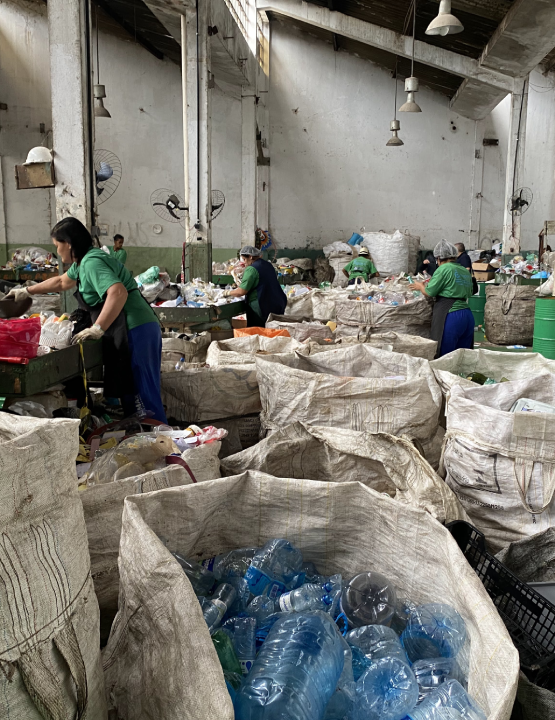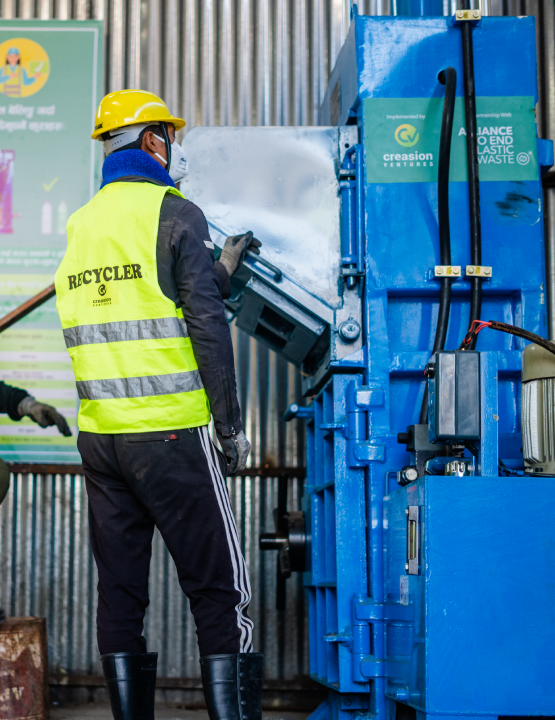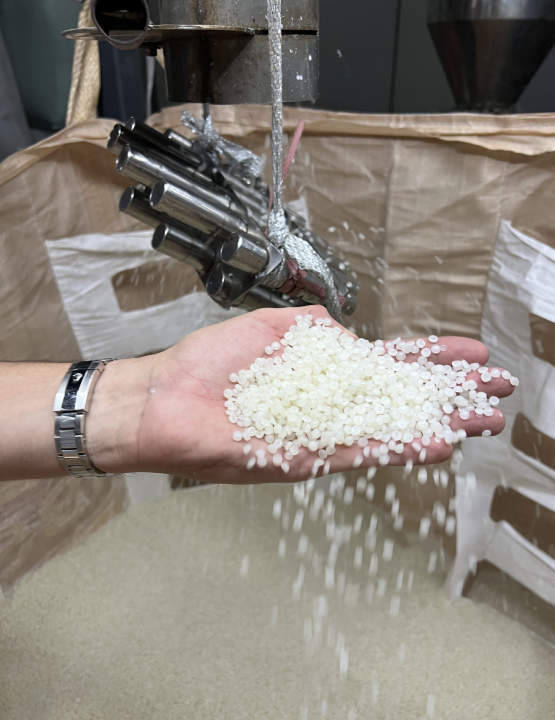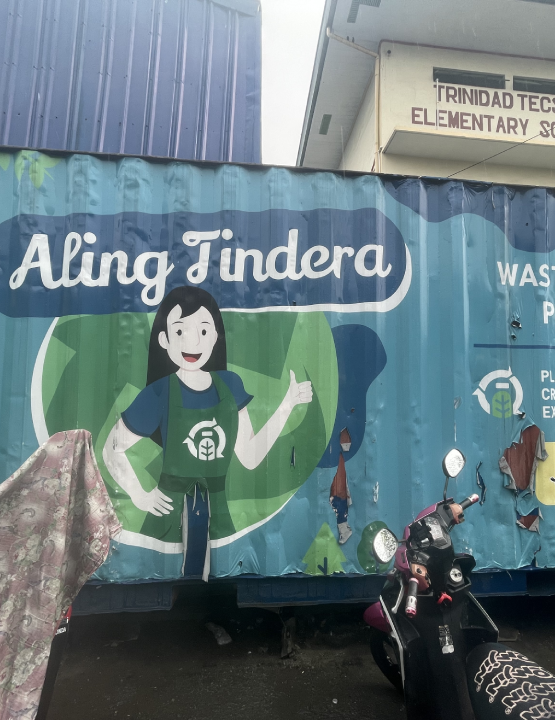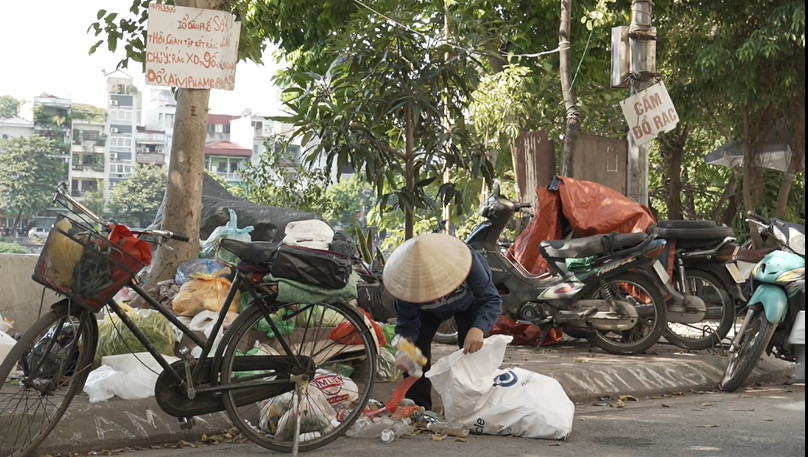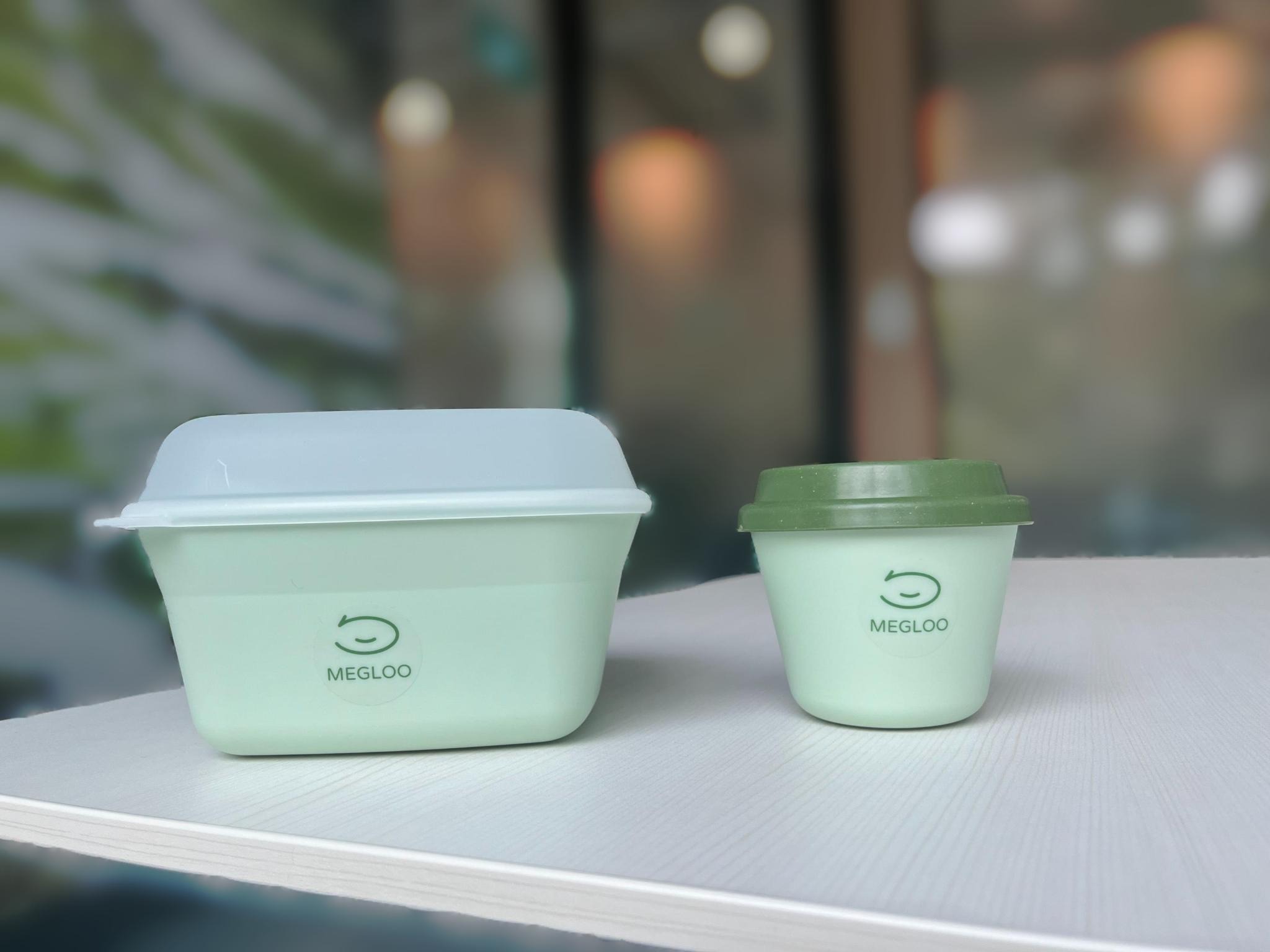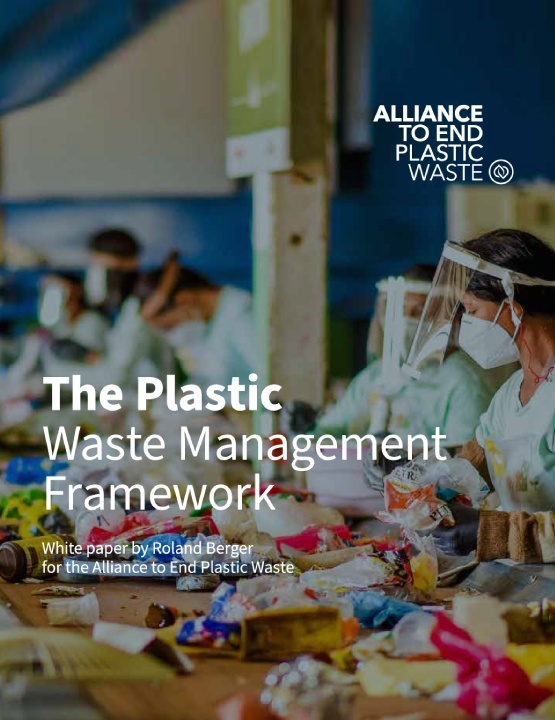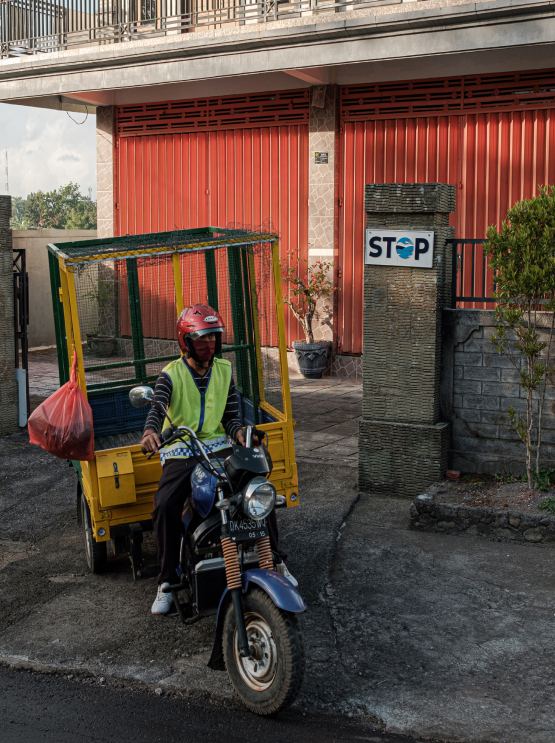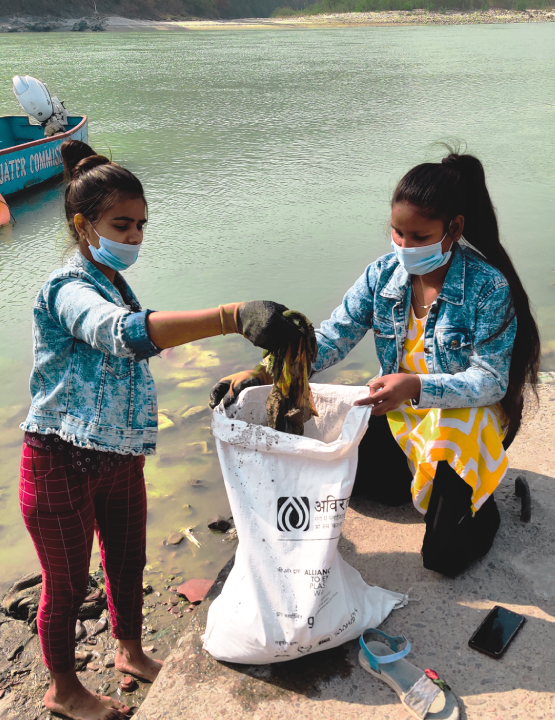Starting at Copenhagen’s Amager Resource Center in Denmark, we have partnered with AIM, the European Brands Association, to trial newly developed sorting units at semi-industrial scale. The objective is to assess the technical and economic viability of digital watermarks and their positive impact on increasing the recycling of plastic packaging.
Denmark, Germany, and France
HolyGrail 2.0
Today, only about 10% of plastic is recycled. Digital watermarks—imperceptible postage stamp-sized codes printed on plastic packaging—can help bridge this gap by carrying information about the packaging material. As plastic waste enters a recycling centre, high-resolution cameras installed at sorting units can easily detect and decode this information and thereby sort the plastic waste more accurately.
While plastic packaging is needed to keep many consumer goods safe, its composition often poses a challenge to its recycling possibilities.
While plastic packaging is needed to keep many consumer goods safe, its composition often poses a challenge to its recycling possibilities.
Overview
Location
Denmark, Germany, and France
Partner
AIM – European Brand Association
From concept to viable solution
Digital watermarks are the size of a postage stamp but can carry a multitude of information on the different attributes of a plastic packaging, like packaging type, material and usage. They are printed or embossed on consumer goods plastic packaging but are invisible to the human eye. However, they can be easily detected by high resolution cameras.
Our HolyGrail 2.0 project will test the implementation of digital watermark technology at first semi-industrial and, at a later stage, industrial scale. This involves installing new prototype machines, equipped with high resolution cameras to detect and decode the information carried by the digital watermarks in sorting and recycling centres.
The team will be looking at 3 things:
- Speed: 3m/s—that’s how fast the detection unit will be scanning waste on the conveyor belt.
- Accuracy: each piece of waste must be accurately identified by its material makeup and use.
- Detection Efficiency: once identified, waste is sorted into the various categories, producing a high-quality feedstock for further recycling.
The information displayed by the watermark helps to efficiently and correctly sort different kinds of plastic packaging and distinguish between food and non-food packaging.
As this intelligent sorting increases the purity of the recycling feedstock, the plastic waste can then enter different recycling streams—such as mechanical or chemical recycling. This ultimately results in greater amounts of recycled plastic waste and improves the overall quality of recyclates.
“Innovation, sustainability, and digital are the 3 key ingredients we are combining with smart packaging through digital watermarks to achieve a clean, circular and climate neutral economy.”
Michelle Gibbons, Director General, AIM
Why we need intelligent sorting
Plastic packaging helps keep food fresh longer, reducing the risk of food wastage. However, too often, it is disposed after a short first use, although plastic is a long-lasting, valuable material.
Plastic packaging often serves multiple purposes—be it cosmetic or functional—and this sometimes means using a mix of different plastics or even other materials like aluminium. The problem is that this multi-material packaging often cannot be recycled in existing recycling systems.
Only 9 % of all plastics ever produced have been recycled, and only 10 % of this proportion have been recycled more than once. To improve the quantity and quality of plastic packaging recycling, new identification and sorting technologies are required.
Digital watermarks are an information gold mine
This is where digital watermarks come in. Either printed or embossed on a plastic packaging, any camera—from the ones on our smartphones to those installed at special sorting units at a recycling centre—can detect the marks and inform the sorting process.
In future, digital watermarks could help consumers better sort their waste at home—providing all the information they need at their fingertips.
Testing a solution to meet a clear demand
There is a clear demand for more and higher-quality recyclates. Branded consumer goods manufacturers in the Fast-Moving Consumer Goods (FMCG) sector and retailers seek solutions that help turn their sustainability efforts into reality. This includes ways to reduce or even avoid plastic waste by fostering a circular plastic economy.
Today, about 60% of the top 100 FMCG brands already aim for a significantly higher degree of recycled plastic in their packaging, and even try to move towards full recyclability of the packaging they use. This is only possible with more intelligent ways to sort the plastic packaging at recycling centres to enable high-quality recycling outcomes.

